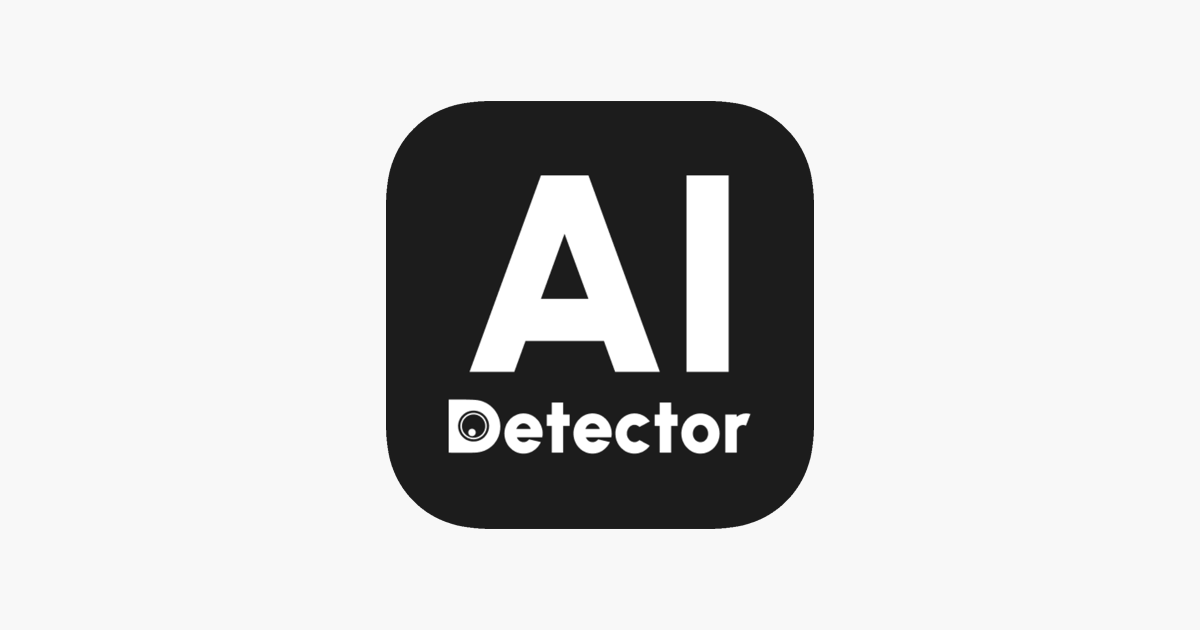Introduction to AI Detector
In today’s fast-paced digital era, artificial intelligence has become a driving force behind content creation, data analysis, and even communication. While this innovation has unlocked countless opportunities, it has also introduced challenges—most notably, the difficulty in distinguishing between human-written and machine-generated content. This is where the AI detector steps in as a vital solution.
What is an AI Detector?
An AI detector is a tool designed to identify whether a piece of text, image, or other content has been produced by a human or generated by artificial intelligence. By analyzing patterns, sentence structures, word choices, and data signals, these detectors can highlight the likelihood of AI involvement. Their growing importance lies in maintaining authenticity, trust, and accountability across digital platforms.
Why AI Detection Matters
- Academic Integrity – Universities and schools face a surge of AI-written essays and assignments. AI detectors assist teachers in making sure that pupils turn in original work.
- Media Accuracy – Journalists and publishers need to confirm the credibility of their sources. Detection tools reduce the risk of misinformation.
- Business Communication – Organizations depend on trustworthy content when building client relationships. Using AI detectors ensures originality in proposals, marketing copy, and reports.
- Cybersecurity – Detecting AI-generated phishing emails or scam messages strengthens digital safety.
How AI Detectors Work
Most AI detectors operate on advanced algorithms that study linguistic patterns. They check for unusual repetition, over-simplification, or unnatural phrasing that AI models often leave behind. Some detectors also use machine learning to improve accuracy over time, becoming smarter with every analysis.
Common Techniques Used:
- Statistical Analysis: Evaluates frequency and predictability of words.
- Semantic Understanding: Judges context and meaning within sentences.
- Stylistic Patterns: Tracks tone, flow, and sentence variety.
Challenges of AI Detection
Despite their usefulness, AI detectors are not flawless. They can occasionally mislabel genuine human writing as AI-generated, or vice versa. This happens because advanced AI models now mimic natural human style with remarkable precision. Therefore, users should treat detection results as guidance rather than absolute truth.
The Future of AI Detectors
Detectors will get more advanced as AI develops further. The next generation of tools may integrate with web browsers, plagiarism checkers, and security systems to provide real-time content verification. In the future, we may see a digital ecosystem where every piece of content carries an authenticity score powered by AI detection technology.
Conclusion
In today's digital world, the AI detector has become a vital protector of creativity. Whether in education, journalism, business, or cybersecurity, it helps preserve credibility and ensures transparency. While not perfect, these tools represent a step forward in maintaining trust in an age dominated by artificial intelligence.
For More Article: Click Here

